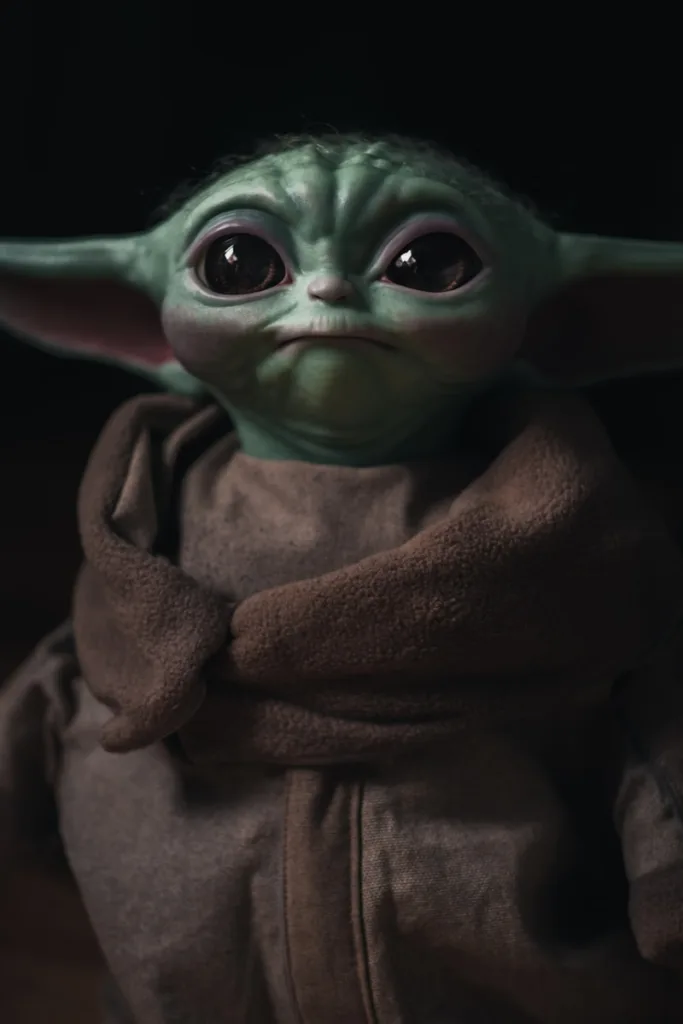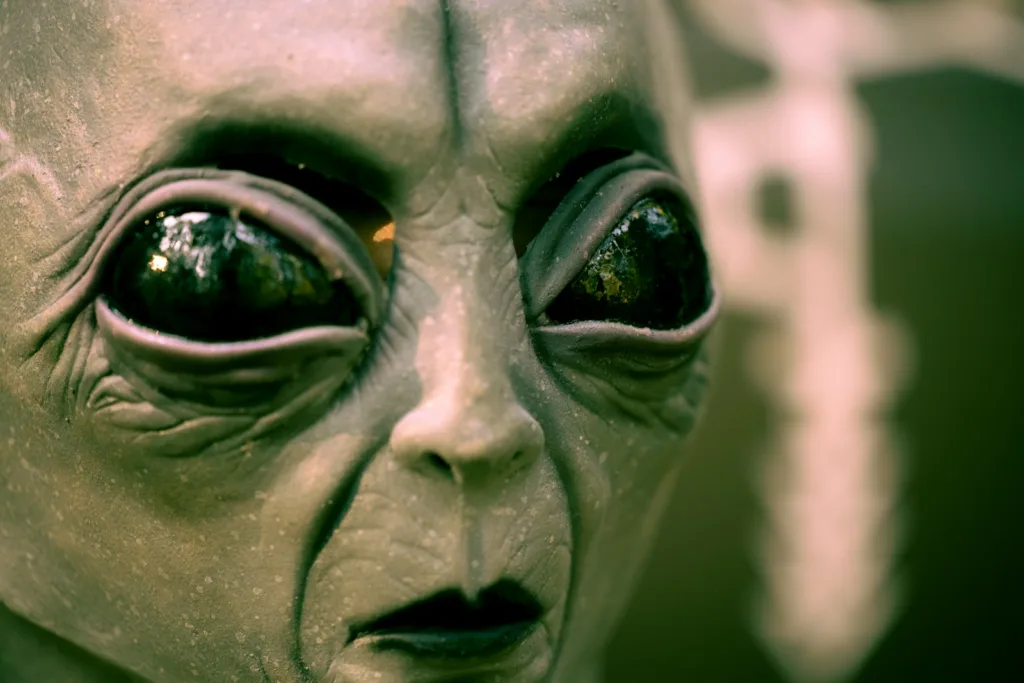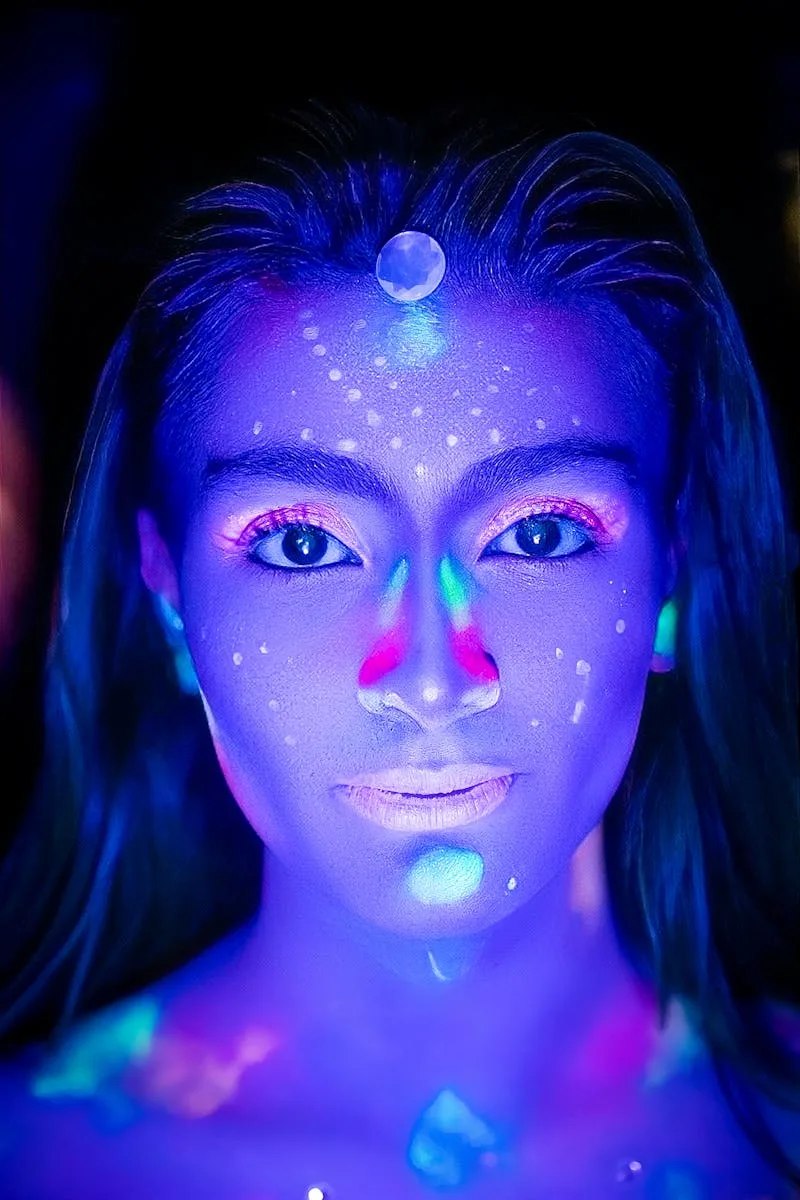Table of Contents
Aliens are not little green men. They devour people in purple.
The majority of the planet’s land masses are green, despite the fact that the Earth is sometimes referred to as “the Pale Blue Dot” because of its abundant oceans. Through a process called photosynthesis, plants employ chlorophyll—which reflects green light while absorbing red and blue light—to absorb solar energy and use carbon and water to generate food. The primary means by which plant life exists on Earth is described in this biology lesson for fourth graders. However, life on other exoplanets that resemble Earth, particularly those that orbit red dwarf stars, may employ a completely different strategy that would cause the entire planet to turn purple.

Researchers at Cornell University examined how extraterrestrial plants that use infrared light for photosynthesis can change the color of their surroundings. These bacteria, which include phototrophic anoxygenic bacteria and photoheterotrophic bacteria, may release a characteristic “light fingerprint” that future observatories, such as the Extremely Large Telescope at the European Southern Observatory, may be able to identify. The study’s findings were released in the Monthly Notices of the Royal Astronomical Society publication.
According to a press release from Cornell University Ph.D. student Lígia Fonseca Coelho, purple bacteria is one of the main candidates for life that may rule a number of worlds since it can flourish in a wide range of environments. “They already flourish in specific niches here. Imagine what would happen if they had no competition from bacteria, algae, and green plants. A red sun would provide the ideal environment for photosynthesis.

Coelho and his colleagues collected 20 specimens of purple sulfur and purple non-sulfur bacteria from various locations across the planet, including hydrothermal vents and even ponds close to Cornell University, in order to understand the color and chemical signature such a world would generate. While purple bacteria may represent a biological niche in their current form, some scientists argue that an ancient Earth was likely far more purple than it is now. These bacteria rely on low-energy red and infrared rays for a process that is similar to photosynthesis.
In 2022, a University of Maryland study investigated why, despite the Sun’s apparent maximum light emission in the blue-green spectrum, plants still reflect green. The scientists argued that green light was absorbed by a light-sensitive molecule called retinal, which originated on Earth before chlorophyll and reflected red and violet, which appeared purple to the human eye.

Retinal-leveraging plants were already absorbing the green light from the Sun when the chemical chlorophyll developed on Earth, partly due to an increase in oxygen levels. Instead, all other light that was accessible was absorbed by the molecule. Earth’s green color started to take shape because chlorophyll was a component of a more sophisticated, effective mechanism for producing photosynthesis, even though the Sun provides less light in that spectrum.
On oxygen-poor exoplanets, however, conditions may change significantly from those on cool, red dwarf stars. Numerous of the simulated “light fingerprints” that Coelho created for his various Earth-like planets in a variety of wet and dry settings turned out to be purple.
In a press release, Coelho stated, “If purple bacteria are thriving on the surface of a frozen Earth, an ocean world, a snowball Earth, or a modern Earth orbiting a cooler star.” “We can now find them with the tools we have.”
Therefore, don’t expect “little green men” when aliens eventually arrive on Earth. Regarding the flying purple people-eaters, it seems like we may have found something.
you may also like : The Megalodon was not at all like a massive great white shark.
A New Study Suggests Aliens Aren’t Little Green Men. They’re Purple People Eaters. (msn.com)

